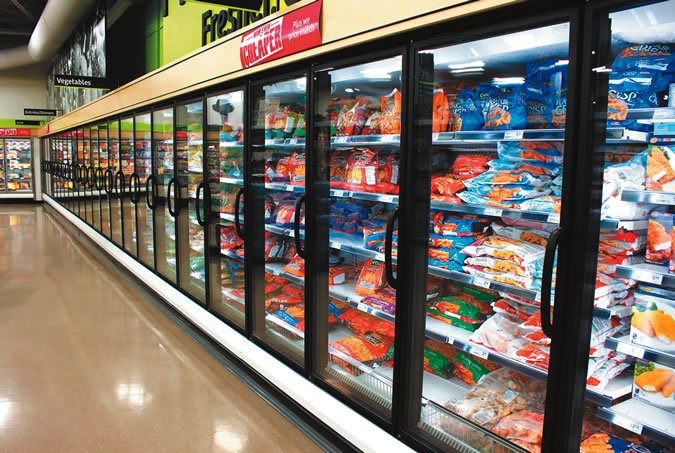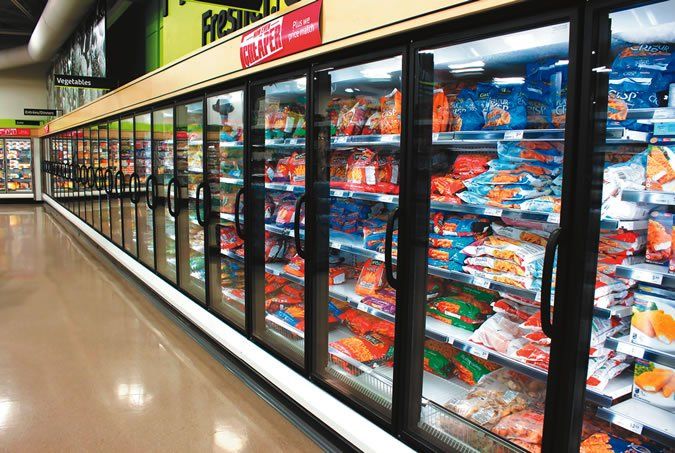Image © Niloo138 | Dreamstime.com

A ripe avocado…a plump, fragrant tomato…a peck of local apples from a farmer’s market. These are some of the celebrities of “whole” foods because they have not undergone processing that can affect their nutritional value.
Supermarkets contain a large number of processed foods. Consumers frequently get messages in the health media that seem to equate “processed” with “unhealthy,” but the truth is more complex.
“I think there is a widespread misunderstanding that a processed food is unhealthy,” says Alicia Romano, MS, RD, LDN, Registered Dietitian/Nutritionist at the Tufts Frances Stern Nutrition Center. “The term ‘processed food’ is so broad it covers an array of foods—including ones that many people consider healthy but do not know are processed.”
The key to cutting through these mixed messages is reading nutrition and ingredient labels to find out what’s added and what’s taken out in a portion of the food. For example, has processing added sodium, unhealthy fat, and calories?
What Is Processed Food? In the USDA’s formal definition, processed foods are everything besides raw “agricultural commodities” like fruits, vegetables, and grains. When those foods are cooked, canned, pasteurized, frozen, sliced, chopped, milled, or dehydrated they are considered processed foods.
Certain processed foods are associated with a variety of poor health outcomes. These unhealthy foods include heavily processed or cured meats and highly refined grain products, such as white flour.
But many foods that would be considered processed are good choices. After all, bags of baby carrots don’t grow on trees and you won’t see fields sprouting bags of pre-washed spinach greens in resealable bags. Cheeses don’t occur in nature, either.
“The USDA definition of processed food can be confusing to consumers because it encompasses so many foods,”
Romano explains. “In many people’s minds, it puts an ‘unhealthy’ label on foods that have great nutritional value. Many of my patients feel the need to avoid all foods they think are processed, whereas some do not even know where to begin to sort it out.”
Picking Processed Foods:The nutritional value of processed foods depends on changes the raw ingredients undergo after they are picked in the field, plucked from a tree, or netted from the ocean.
To become an educated processed-food shopper, start by ignoring front-package labeling like “low fat” and “no added sugar.” Those are marketing claims, intended to influence your purchases, but they may not provide clues to whether it is the best option.
Instead, focus on the ingredient and nutrition labeling. Pay attention when you see red flags, such as added sugars, refined flours, and high levels of sodium.
Highly processed foods can have more calories, sugar, salt, and saturated fat. “These ingredients can have detrimental effects on our long term health and risk of chronic disease,” Romano says. “Think frozen meals, high-sugar cereals, cookies and cakes, and sugar-sweetened beverages.” This can mean limited nutritional value in terms of vitamins, minerals, fiber, and healthy fats.
Romano recommends that you read labels to become aware of the foods most likely to fall into the highly processed spectrum. “If a frozen meal or packaged breakfast cereal is really convenient for you, I would recommend looking at the food label and doing some investigation into the ingredients,” Romano says. “Choose varieties with the lowest added sugars and lowest sodium.”
The Big Picture:Many foods need to go through processing to make them edible and digestible. Cans of stewed or diced tomatoes are a good example. Processing makes nutritious and safe food available to millions of people and prolongs shelf life. This includes pasteurization and canning to kill disease-causing organisms, cooking to increase the digestibility of grains, and freezing to increase shelf life. Processing that makes foods easier to store and cook can increase the chance that a person will eat a healthier diet.
Start here: “Look at the nutrition and ingredients labels when choosing packaged products to increase your awareness of what is in the product and be able to make informed decisions,” Romano says.
Picking Processed Foods
Here are some healthy processed foods Tufts dietitian Alicia Romano recommends to her patients:
- frozen fruits and vegetables without added sugar, sauces, gravies, salt, and sugar
- frozen cooked whole grains without added seasoning
- 100% whole wheat pasta
- made from whole grains or legumes
- nuts and seeds without added salt
- brown or wild rice, quinoa, millet, buckwheat, or amaranth, or other whole grains
- canned beans with no salt added or reduced salt; if not available, rinse before using
- canned tomatoes labeled sodium free, low sodium, or reduced sodium
- precut fruits and vegetables
- cans or pouches of tuna
- or salmon (no salt added when possible)
- plain Greek yogurt or plain yogurt
- milk and unsweetened soy milk
- bagged baby spinach or greens
- peanut butter and other nut butterswithout added sugar and salt.





















